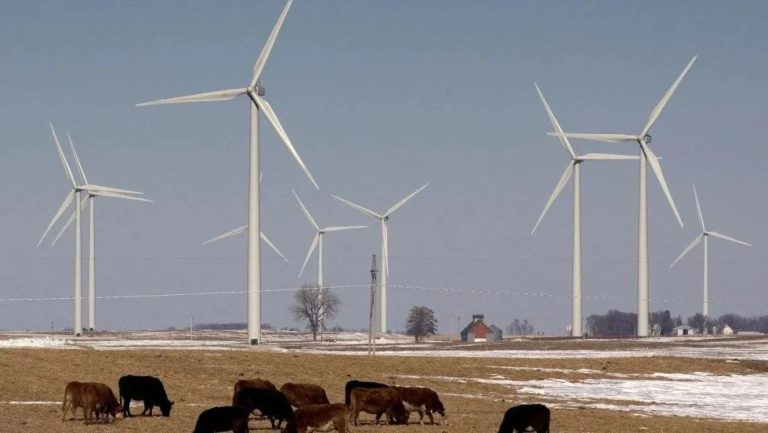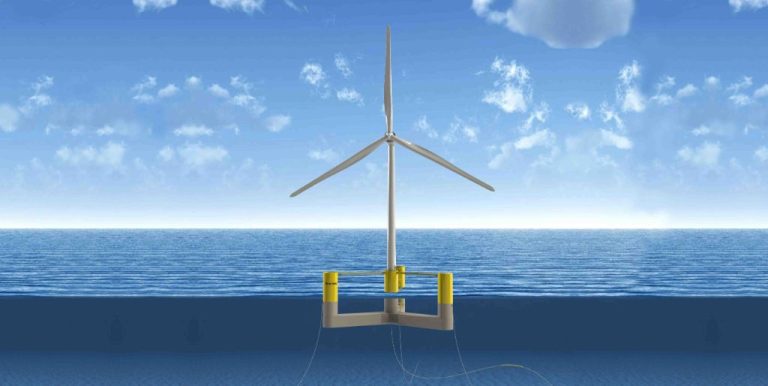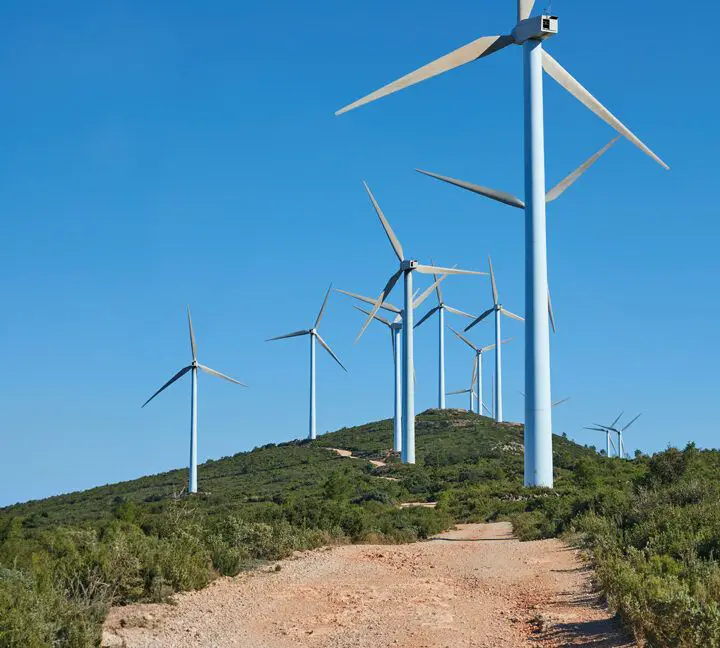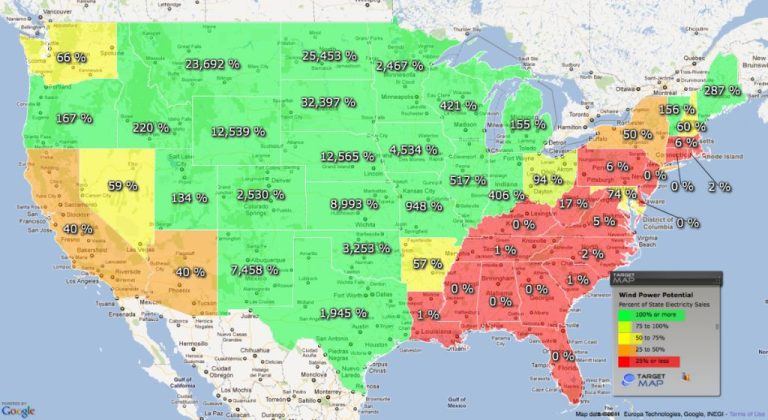Is Wind A Renewable Or Nonrenewable Resource?
Renewable and nonrenewable resources are important concepts when it comes to energy and sustainability. Renewable resources are those that can be replenished naturally over time, like wind, solar, hydro, and biomass. Nonrenewable resources are finite in supply and will eventually be depleted, like fossil fuels such as oil, coal, and natural gas.
Understanding whether a resource is renewable or nonrenewable helps inform discussions around energy policy, climate change, and ensuring we have reliable energy sources far into the future. Evaluating if wind is a renewable or nonrenewable resource provides insight into its role in energy systems now and moving forward.
Definition of Renewable Resources
Renewable resources are those that replenish naturally over time. They are virtually inexhaustible when responsibly managed, because new supply is continuously generated. Renewable resources include wind, sunlight, water, geothermal heat, and biological sources such as plants or animals. The key aspect that makes them renewable is that they are not finite like fossil fuels. As long as the sun continues to shine and the wind keeps blowing, new energy supply is created that can be harnessed. Even faster-growing resources like biomass from crops or timber can renew themselves within a human lifespan. As a result, renewable resources are sustainable for human use over very long timeframes. They provide energy, materials, and other benefits that society needs while their rate of replenishment matches or exceeds the rate at which they are consumed.
Definition of Nonrenewable Resources
Nonrenewable resources are natural resources that do not replenish or replenish extremely slowly through natural cycles. Once depleted, nonrenewable resources essentially become unavailable for practical purposes, at least within human timescales. The most notable examples of nonrenewable resources are fossil fuels such as coal, oil, and natural gas. These resources come from decomposed organic material that was buried underground and compressed over millions of years. Once extracted and burned for energy, fossil fuels are gone and cannot be replaced on any reasonable human timeframe.
Other key nonrenewable resources include minerals, ores, and certain rocks that are limited in supply and extremely slow to form naturally. Examples include metals like gold, silver, copper, and aluminum. Once mined, there is no way to replenish these resources quickly. The limited availability and high extraction costs of nonrenewable resources make them much more expensive and environmentally damaging than renewable alternatives.
Wind as a Renewable Resource
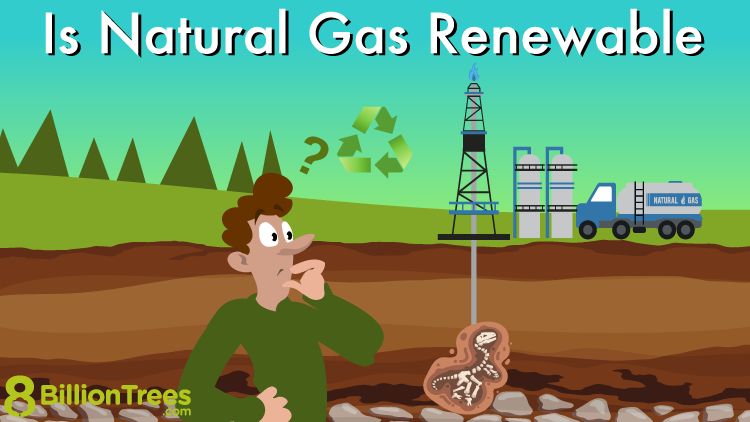
Wind is a renewable resource because it is inexhaustible and replenished naturally. Wind is caused by the uneven heating of the earth’s surface by the sun. As long as the sun continues to shine, the earth will continue to have wind. The wind blows because of the different air pressures created by uneven heating. Warm air rises while cooler air rushes in to take its place, creating wind currents. This process is continuous as new warm and cool air masses are constantly being created.
Unlike fossil fuels which take millions of years to form and are finite, the wind generated from the sun heating the earth will continue indefinitely. The wind resource is therefore renewable and cannot be depleted. As long as the sun shines and heats up the earth unevenly between the equator and the poles, wind currents will be produced perpetually. This makes wind an inexhaustible resource when utilized for energy generation.
Inexhaustibility of Wind
One of the key reasons that wind is considered a renewable resource is because it can never be “used up” or exhausted. Wind is generated by the uneven heating of the earth’s surface by the sun and the rotation of the earth. As long as the sun continues to shine and the earth continues to spin, wind will be an inexhaustible resource.
Fossil fuels like coal, oil, and natural gas are nonrenewable because they take millions of years to form, and reserves are being depleted much more rapidly than new ones are being created. In contrast, no matter how much wind energy is harnessed, the winds will continue to blow. There is no danger of “using up” the wind in the way we could use up all available oil and gas reserves.
The inexhaustibility of wind makes it a sustainable long-term energy solution. Wind farms can produce electricity indefinitely without being depleted. Over time, technology will continue to improve wind turbine efficiency to extract maximum energy from the always available winds. While exact estimates vary based on assumptions, scientists estimate that the earth’s winds could supply global energy demands over 100 times over. For all intents and purposes, the potential supply of wind energy is limitless.
Comparison to Fossil Fuels
Unlike fossil fuels like oil, natural gas, and coal which are nonrenewable resources, wind energy will never run out or be depleted. Fossil fuels exist in finite quantities and take millions of years to form naturally, so once they are used up they are gone forever. The supply of wind, on the other hand, is virtually limitless and will be available as long as the sun shines and the earth’s atmosphere exists.
The use of fossil fuels also comes with a heavy environmental cost. Burning oil, gas, and coal produces greenhouse gas emissions that drive climate change. Extracting and transporting fossil fuels can also lead to air and water pollution, habitat destruction, and other environmental damages. Wind turbines don’t release any emissions during operation, and have a much lower environmental footprint overall.
In addition, fossil fuels are subject to significant price fluctuations based on limited supplies and frequent disruptions. The cost of wind energy is stable, reliable, and increasingly economical. As renewable technology continues to advance, wind is poised to become one of the lowest cost energy sources available.
Growth of Wind Power
Wind power has seen rapid growth worldwide in recent decades. According to the Global Wind Energy Council, global installed wind power capacity has increased over 10 times in the last 10 years, from 121 GW in 2008 to over 740 GW by the end of 2018.
The United States is one of the leading markets for wind power. As of 2021, wind power accounted for more than 9% of total U.S. electricity generation. Wind power capacity in the U.S. has increased from about 25 GW in 2008 to over 122 GW in 2021, making the U.S. the global leader in installed wind power capacity.
The growth of wind power is expected to continue as more countries look to expand their renewable energy production. Projections estimate that global installed wind capacity could reach over 2,110 GW by 2030. As technology improves and wind power becomes even more cost-competitive with conventional sources, the outlook for growth remains strong.
Environmental Benefits
Wind energy has several notable environmental advantages compared to nonrenewable energy sources like coal, oil, and natural gas.
First and foremost, wind turbines do not produce any emissions during operation. Fossil fuels, on the other hand, release pollutants like sulfur dioxide, nitrogen oxides, and particulate matter when burned. These emissions contribute significantly to problems like acid rain, smog, and climate change.
Wind is also considered very low impact in terms of land use. Modern wind farms only use about 1% of the total land area for turbines and access roads, allowing the remaining 99% to stay in its natural state or be used for other purposes like agriculture. Fossil fuel power plants, mining operations, and pipeline infrastructure tend to have a much larger footprint.
The life cycle carbon emissions of wind power are extremely minimal as well. The manufacture, construction, and decommissioning of turbines produces some CO2, but the savings over the operational lifetime far outweigh the upfront costs. With zero emissions once built, wind dramatically reduces the carbon intensity of electricity generation.
Lastly, wind energy does not require water for cooling or steam generation like many other power plants. The conservation of water is a major advantage in an increasingly water-stressed world.
Overall, wind energy delivers electricity with minimal impacts to ecosystems, wildlife, air/water quality, and greenhouse gas emissions. The environmental attributes make it highly advantageous compared to conventional energy sources that extract and combust fuel.
Economic Benefits
Wind energy provides significant economic benefits in terms of cost savings and job creation. Wind power is one of the lowest-priced energy sources available today, making it a cost-effective option for electricity generation. The cost of wind power has declined dramatically in recent decades, with the levelized cost of wind dropping by 69% between 2009 and 2020 according to Lazard estimates. This makes wind energy highly competitive with conventional sources like coal and natural gas.
In addition to cost savings, wind power development and operations create numerous jobs. The U.S. wind industry currently employs over 120,000 full-time workers according to the American Wind Energy Association. Many of these jobs are created in rural areas, providing an economic boost to communities that need it most. Project development, turbine manufacturing, construction, operations, maintenance and support services are just some of the areas that see job growth thanks to the wind industry. With wind energy expanding rapidly, its economic benefits in terms of cost savings and employment are expected to grow as well.
Conclusion
Wind is considered a renewable resource because it is constantly replenished naturally and will never run out. Wind is generated by the heating of the atmosphere by the sun, the rotation of the earth, and the earth’s surface irregularities. As long as the sun continues to shine, the earth continues to spin, and we have mountains, hills, and other surface features, the wind will keep blowing.
Unlike fossil fuels like coal, oil, and natural gas, the wind is inexhaustible and will never be depleted. Wind turbines can harness the wind to generate electricity indefinitely, making wind a sustainable long-term energy source. As an abundant, renewable resource, wind power helps reduce our dependence on finite, nonrenewable fuels. Wind energy has grown rapidly as we transition to a cleaner, greener energy future powered by renewable resources.

